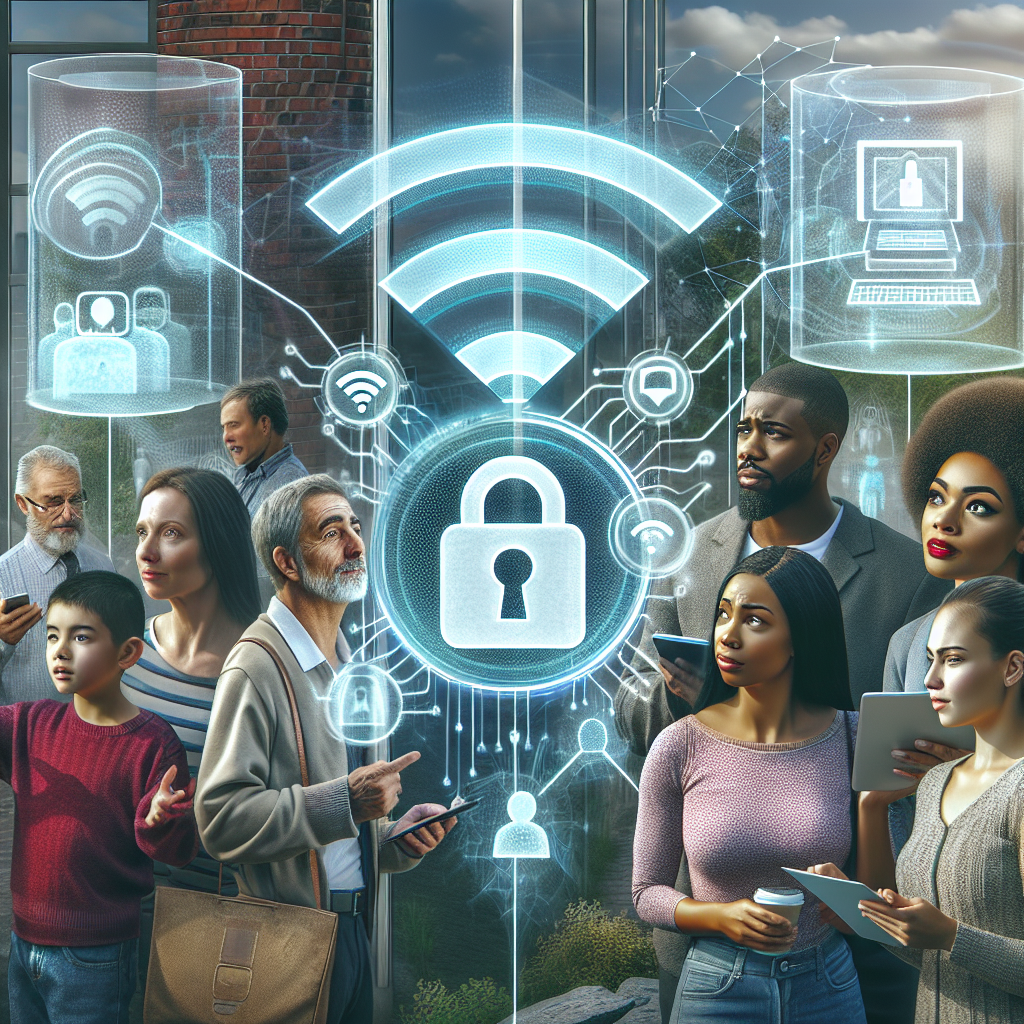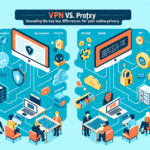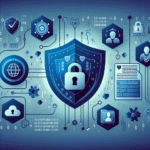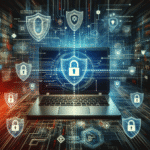As our reliance on the internet grows, public Wi-Fi networks have become ubiquitous. Coffee shops, airports, and shopping malls all offer free access, making it easier than ever to stay connected. However, the convenience of public Wi-Fi comes with a significant risk to personal data and security. In this article, we will explore the state of public Wi-Fi in 2025 and provide actionable guidance on how to navigate these networks safely.
1. The Current State of Public Wi-Fi
1.1 Accessibility
By 2025, public Wi-Fi is more accessible than ever. Many cities and municipalities have developed extensive networks, enabling seamless connections in urban areas. The spread of 5G technology has also contributed, allowing for faster connections even in crowded spaces.
1.2 Evolving Risks
While public Wi-Fi offers convenience, it also presents unique risks. Cybercriminals exploit these networks to carry out various attacks, such as man-in-the-middle attacks, session hijacking, and packet sniffing. As security measures improve, so do the tactics of attackers.
2. Understanding Cybersecurity Threats
2.1 Common Threats on Public Wi-Fi
- Man-in-the-Middle Attacks: Cybercriminals can intercept communications between your device and the network, allowing them to capture sensitive data.
- Rogue Hotspots: Attackers may set up fake Wi-Fi networks that mimic legitimate ones, tricking users into connecting and exposing their data.
- Data Interception: Unencrypted data transmitted over public Wi-Fi can easily be intercepted by malicious actors, leading to identity theft and data breaches.
2.2 Increasingly Sophisticated Methods
As we move through 2025, attackers are leveraging advanced technologies such as artificial intelligence and machine learning to enhance their methods. This makes it crucial for users to remain vigilant and informed about the evolving landscape of cyber threats.
3. Best Practices for Safe Public Wi-Fi Usage
3.1 Use a Virtual Private Network (VPN)
A VPN encrypts your internet traffic, making it significantly harder for cybercriminals to intercept your data. By tunneling your connection through a secure server, you can safeguard your information even on unsecured networks.
3.2 Enable Two-Factor Authentication (2FA)
Utilizing 2FA for your important accounts adds an extra layer of security. Even if your password is compromised, an attacker would still need access to a second authentication method, such as a smartphone app or SMS code.
3.3 Avoid Sensitive Transactions
Whenever possible, avoid conducting sensitive transactions on public Wi-Fi. This includes online banking, shopping, or accessing sensitive information. If you must do so, ensure you are using a secure connection (not HTTP but HTTPS).
3.4 Keep Your Software Updated
Regularly updating your operating system, antivirus, and firewall software can help protect your devices from vulnerabilities that cybercriminals may exploit.
3.5 Disable Automatic Connections
Turn off settings that allow your devices to automatically connect to available Wi-Fi networks. This can prevent accidental connections to rogue hotspots.
4. Legal and Regulatory Landscape
4.1 Data Protection Regulations
Regulatory frameworks such as GDPR in Europe and CCPA in California provide guidelines for data protection. By 2025, we may see these regulations expand globally, holding companies accountable for data breaches resulting from public Wi-Fi vulnerabilities.
4.2 Increased Accountability for Providers
Internet service providers and public Wi-Fi operators are under pressure to enhance security measures. Users should be aware of the security policies of the networks they connect to, as these can vary widely.
5. Future Trends in Public Wi-Fi Security
5.1 Enhanced Encryption Standards
As encryption technologies evolve, expect to see improvements in the security protocols used by public Wi-Fi networks. The adoption of WPA3 and future protocols will provide better protection against unauthorized access.
5.2 The Role of AI in Cybersecurity
Artificial intelligence will increasingly play a role in detecting and mitigating potential threats in real-time. AI-driven systems may offer users proactive alerts when connecting to unsecured networks.
5.3 Shifts Towards Private Networks
As awareness about the risks of public Wi-Fi grows, more businesses and individuals may invest in personal mobile hotspots or secure private networks for their connectivity needs.
Conclusion
Navigating public Wi-Fi networks in 2025 requires a careful balance between convenience and security. By understanding the risks and implementing best practices, you can protect your personal data and enjoy seamless connectivity. Staying informed about evolving threats and adapting your security measures is crucial in this increasingly digital world. As technology continues to develop, so too should our vigilance in protecting our data.





